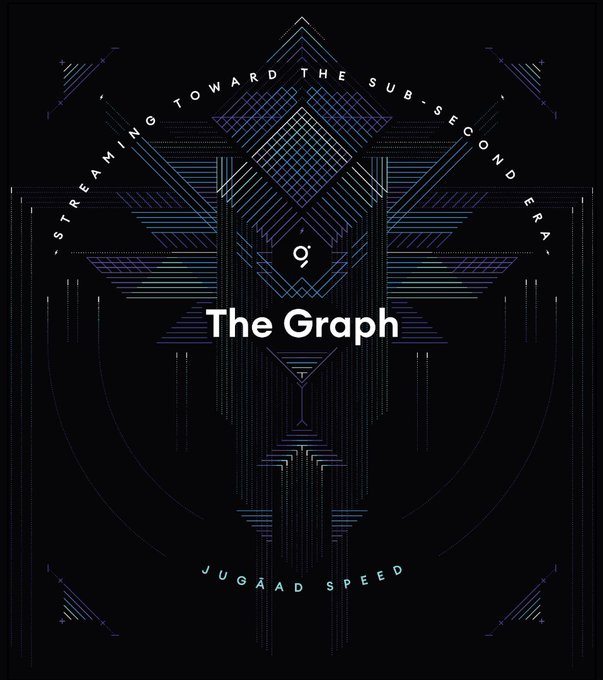ETHGlobal New Delhi has concluded with The Graph announcing winners across three bounty categories totaling $10,000 in prizes.
Best Use of The Graph Token API, Substreams, or AI MCPs ($5,000 total):
- 1st Place: Hide&Seek - Privacy analysis tool using onchain knowledge graphs ($3,000)
- 2nd Place: Robin Hood DAO - Privacy-focused redistribution project ($2,000)
Best Application Built on Hypergraph ($4,000 total):
- 1st Place: ECHONET - DePIN rewarding real-world sound data providers ($2,500)
- 2nd Place: Autonome - Decentralized autonomy layers on Hypergraph ($1,500)
Best Use of GRC-20-ts Library ($1,000 total):
- Winner: AutomationX - AI-powered DeFi automation on Bitcoin's Rootstock ($1,000)
The hackathon showcased innovative applications leveraging blockchain data infrastructure, from privacy tools to decentralized physical infrastructure networks.
ETHGlobal New Delhi is a wrap 🇮🇳 Here are the winners of The Graph bounties: 🏆 Best Use of The Graph Token API, Substreams, or AI MCPs 1st: Hide&Seek — Unlink wallet transactions & analyze wallet privacy via onchain knowledge graphs. Prize: $3,000 2nd: Robin Hood DAO —
Welcome to New Delhi, builders 🇮🇳 @ethglobal will begin shortly, and The Graph will be there to help builders power the most unique and performant applications with first-class infra. Learn more about each category and how to qualify to compete for the $10k in bounties from
🖥️ Ethereum's Developer Problem
Ethereum developers face significant challenges when fetching balance data and token metadata. Current methods require **too many eth_calls**, complex code parsing, and extensive caching systems. These processes are: - Slow and time-consuming - Expensive to implement - Prone to errors The development community needs **more efficient solutions** to access blockchain data without the current technical overhead and costs.
🤖 AI Agent Economy Accelerates with The Graph's Data Infrastructure
**The Graph is positioning itself as critical infrastructure for the emerging AI agent economy.** The protocol is developing new standards to help AI agents access on-demand blockchain data efficiently. This addresses a key bottleneck as autonomous agents need instant, reliable data feeds to operate effectively. **Key developments:** - New standards from Graph core developer @edgeandnode - Focus on scalable data and payment infrastructure - Real-world implementation by CreatorBid, which eliminated infrastructure overhead and reduced costs The integration allows AI agents to access real-time blockchain data without managing complex infrastructure themselves. This could accelerate adoption of autonomous agents in web3 applications. As the agent economy grows, reliable data access becomes increasingly important for agent functionality and decision-making.
Sonic Testnet 2.1 Launches with The Graph Integration

**Sonic Testnet 2.1 is now live** with immediate support from The Graph in Subgraph Studio. Developers can now: - Build subgraphs on the Sonic network - Create fast, performant frontends for their dapps - Access organized blockchain data through The Graph's protocol The integration allows Sonic developers to leverage The Graph's data indexing capabilities to build more efficient applications. **Get started building** with Sonic Testnet data through [The Graph Studio](https://thegraph.com/studio/).
AI and Blockchain Integration: Beyond APIs to Native Language Understanding
The future of AI and blockchain integration isn't about building better APIs or interfaces. Instead, the focus is shifting toward **making blockchains natively speak the language that AI systems already understand**. This approach suggests a fundamental change in how these technologies will interact: - Rather than forcing AI to adapt to blockchain protocols - Blockchains will evolve to communicate in AI-native formats - This could eliminate the need for complex translation layers The concept points toward a more seamless integration where AI agents can directly interact with blockchain networks without requiring specialized APIs or middleware. This represents a **paradigm shift** from current approaches that rely on building bridges between the two technologies.
